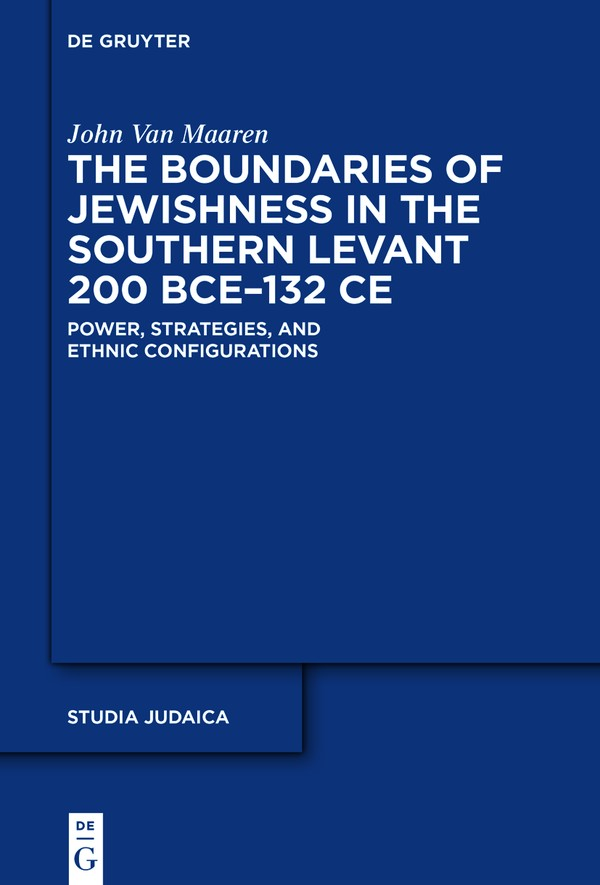

Most ebook files are in PDF format, so you can easily read them using various software such as Foxit Reader or directly on the Google Chrome browser.
Some ebook files are released by publishers in other formats such as .awz, .mobi, .epub, .fb2, etc. You may need to install specific software to read these formats on mobile/PC, such as Calibre.
Please read the tutorial at this link: https://ebookbell.com/faq
We offer FREE conversion to the popular formats you request; however, this may take some time. Therefore, right after payment, please email us, and we will try to provide the service as quickly as possible.
For some exceptional file formats or broken links (if any), please refrain from opening any disputes. Instead, email us first, and we will try to assist within a maximum of 6 hours.
EbookBell Team

0.0
0 reviewsRecent research has considered how changing imperial contexts influence conceptions of Jewishness among ruling elites (esp. Eckhardt, Ethnos und Herrschaft, 2013). This study integrates other, often marginal, conceptions with elite perspectives. It uses the ethnic boundary making model, an empirically based sociological model, to link macro-level characteristics of the social field with individual agency in ethnic construction. It uses a wide range of written sources as evidence for constructions of Jewishness and relates these to a local-specific understanding of demographic and institutional characteristics, informed by material culture. The result is a diachronic study of how institutional changes under Seleucid, Hasmonean, and Early Roman rule influenced the ways that members of the ruling elite, retainer class, and marginalized groups presented their preferred visions of Jewishness. These sometimes-competing visions advance different strategies to maintain, rework, or blur...